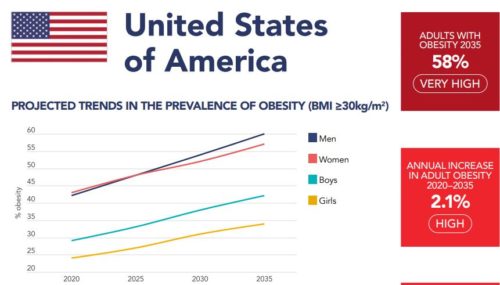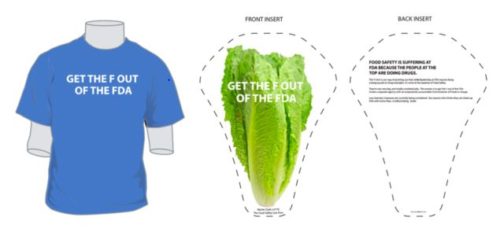The politics of chocolate: a few items with comment
Mars convinces emerging market consumers to eat more chocolate, the Financial Times reports.
Mars has embarked on a drive to convince developing country consumers to eat more chocolate, claiming it is on track to double the value of its confetionery sales in emerging markets in teh five years to 2024….”The amount of chocolate that an Indian or Mexican consumes is 10 times or less than a European…So there is a gigantic opportunity take that low…per capita consumption closer to Europe.”
[In response to a question about the health effects of eating more chocolate] “To continue to be a super successful snacking company, we need to evolve our portfolio…and offer choices….If you go to India, you go to Mexico right now, you will see new offerings [from] us that are playing at the lower price point that didn’t exist [before].”
Lead and cadmium could be in your dark chocolate,says Consumer Reports.
CR tested a mix of brands, including smaller ones, such as Alter Eco and Mast, and more familiar ones, like Dove and Ghirardelli.
For 23 of the bars, eating just an ounce a day would put an adult over a level that public health authorities and CR’s experts say may be harmful for at least one of those heavy metals. Five of the bars were above those levels for both cadmium and lead. Read more about how CR tested dark chocolate (PDF).
Chocolate and cocoa are safe to eat and can be enjoyed as treats as they have been for centuries. The…guidelines cited in the Consumer Reports study are not food safety standards…cadmium and lead are present in cocoa and chocolate due to soil and that bean cleaning during processing cocoa beans reduces lead and cadmium in chocolate products.
[and, of course] Food safety and product quality remain our highest priorities and we remain dedicated to being transparent and socially responsible.
Hershey debuts plant-based Reese’s and chocolate bar: The confections, which will hit shelves in March and April, are made with oats. This will be the first time the company offers permanent products in the category.
Comment
I don’t particularly like dark chocolate anyway. Milk chocolate will have fewer heavy metals because it contains less cocoa and the Consumer Reports article is quite clear on which chocolates have fewer heavy metals.
But all of these items are about how to sell more chocolate which, alas, is not exactly a health food. Do people in Mexico and India need more chocolate in their diets? of course not, but chocolate companies “need” more sales regardless of health consequences.
This is about profits to shareholders, not public health.
And of course chocolate has a place in healthy diets—just not one that requires eating more of it.





